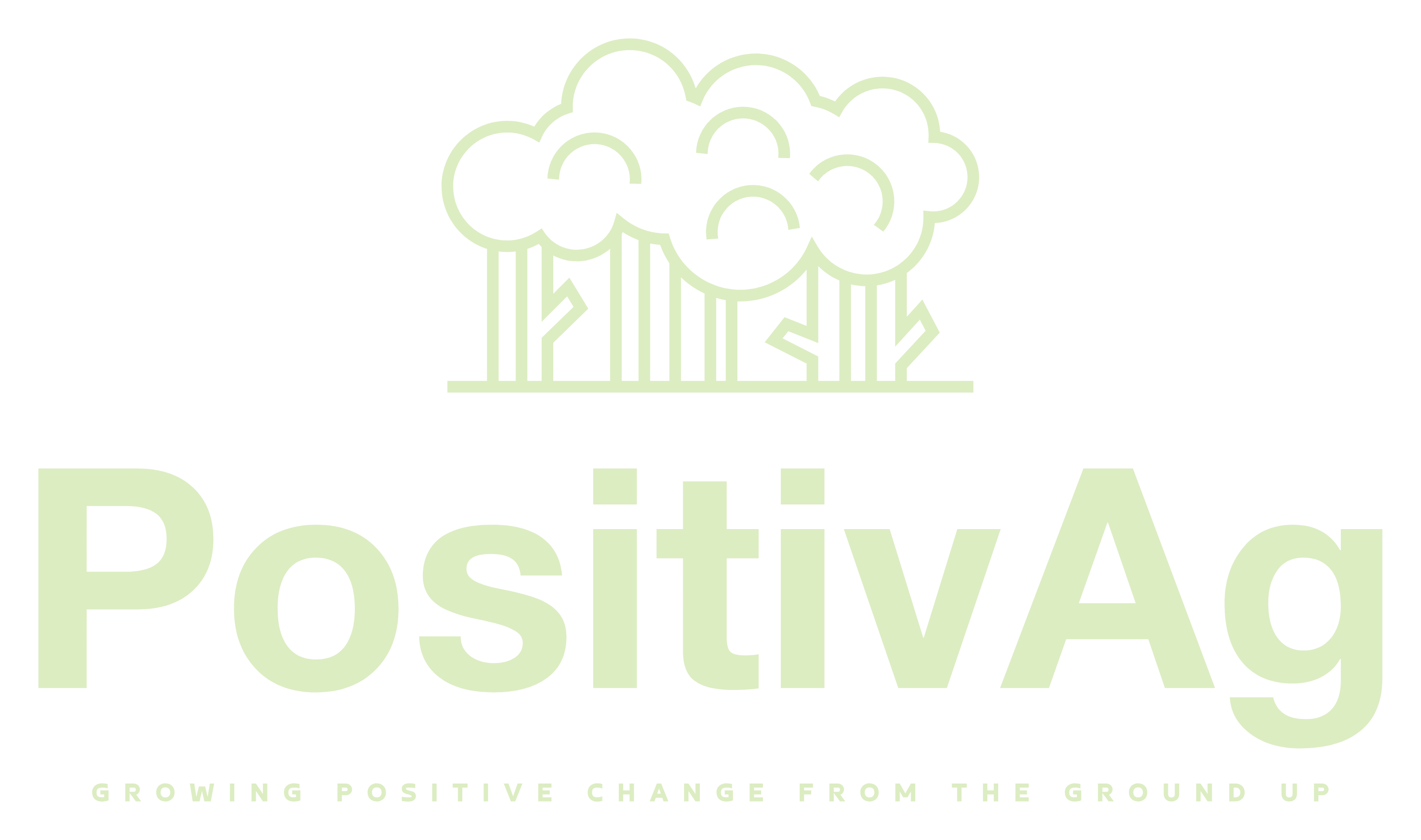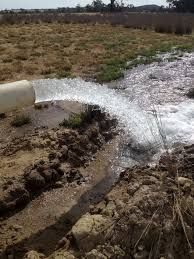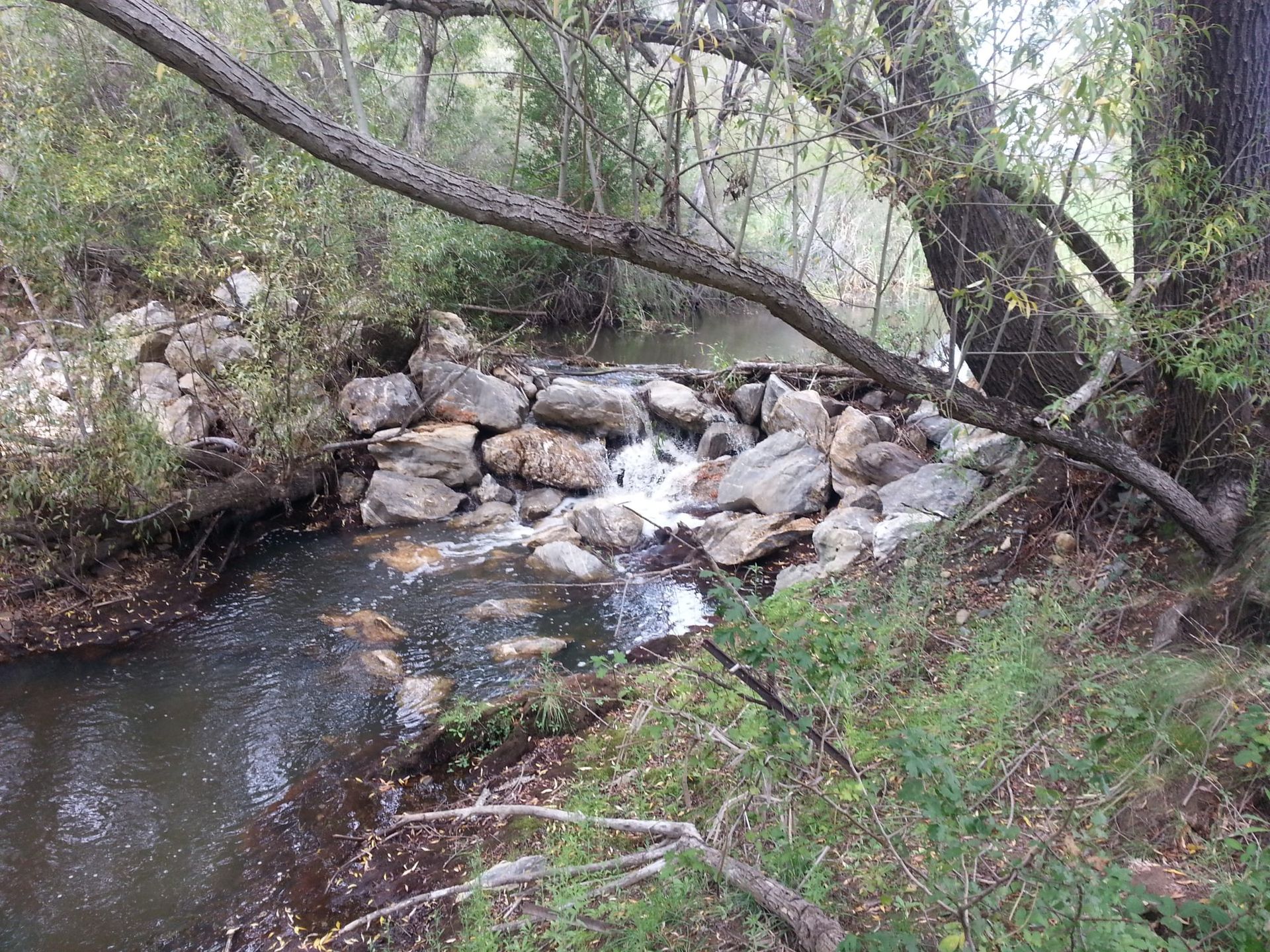Innovative Water Capture for Regenerative Growth
Harnessing Permaculture & Keyline Principles
Designing Natural Water Infrastructure
PositivAg applies Permaculture's holistic design ethos—observing and mimicking natural patterns—to create self-sustaining systems that capture and direct water efficiently. Combined with Keyline design, pioneered by P.A. Yeomans in the 1950s, we optimize landscapes based on natural topography to address soil erosion and dwindling water supplies. Key principles include:
- Contour-Based Layouts: Using ridges and contours to slow and direct runoff, spreading water evenly to recharge soils and prevent erosion.
- Earthworks like Swales: On-contour ditches that intercept rainfall, infiltrating it into the ground to build soil moisture and support vegetation growth.
- Zoning and Integration: Permaculture zoning places water-intensive elements near sources, while Keyline's subsoil plowing enhances infiltration, fostering deeper root systems for drought resilience.
This infrastructure "just adds water" to arid country, turning runoff into a resource and boosting carbon sequestration through hydrated, fertile soils.
Retaining Water and Nutrients on Farm
To maximize retention, PositivAg incorporates leaky weirs—low, permeable barriers that slow water flow in gullies and streams, allowing gradual seepage and sediment capture. These structures remediate erosion, enhance seasonal recharge in semiarid areas, and create wetland-like aquifers, supporting biodiversity and nutrient cycling. Sediment trapped by weirs acts as natural mulch, suppressing evaporation and salinity while nourishing downstream ecosystems.
Building on this, we adopt Natural Sequence Farming (NSF), developed by Peter Andrews, to restore natural water cycles disrupted by agriculture and deforestation. NSF methodologies involve strategic earthworks to reverse salinity, slow erosion, and increase fertility, aiming for balanced land use: one-third treed, one-third cropped, and one-third grazed. This retains water and nutrients on-farm, fostering vibrant ecosystems that support livestock grazing and biodiversity.
Deep Sustainable Water: A Foundation for Intensive Production
At PositivAg, we believe that sustainable water sourcing is the backbone of regenerative agriculture. By partnering with Sustainable Water Solutions, we tap primary water—deep, renewable sources generated geologically—for reliable supplies. Advanced geophysical surveys and drilling add new bores, pumps, and infrastructure, feeding our systems without depleting surface resources or impacting environmental flows
Environmental Impact
These water strategies combat desertification (affecting 500M people globally per UNCCD), improve soil carbon (0.04–0.4 tons/ha/year per IPCC), and enhance resilience, aligning with FAO's calls for sustainable water in agriculture. By retaining nutrients, we nourish animals and ecosystems, reducing runoff and boosting yields—delivering Lomborg's "best bang per buck" for investors.
Economic Advantages
PositivAg's water strategies yield significant economic benefits by enhancing farm productivity and reducing operational costs. By slowing and directing runoff through swales and contours, these methods minimize erosion and salinity, preserving topsoil and boosting plant matter yields by up to 20-30% in regenerated landscapes.
Accessing deep primary water via Sustainable Water Solutions adds reliable sources for intensive production, cutting reliance on expensive irrigation or external supplies and ensuring consistent output amid potential droughts. This results in higher agricultural revenues, diversified income from resilient ecosystems (e.g., agroforestry or grazing), and substantial cost savings—often 30-50% on water-related expenses.
Overall these strategies drive property value and help stabilse rural economies.
Join the Movement
Environmental & Economic Impact of Regenerative Water Management
40%
Of global land affected by desertification reversed through sustainable water strategies (UNCCD)
Soil Carbon Boost
0.4–3.0 tons/ha/yr
Annual soil carbon increase achievable via regenerative water and land practices (IPCC)
High Return on Investment
33:1
Benefit-cost ratio for sustainable land management investments (Bjorn Lomborg)



